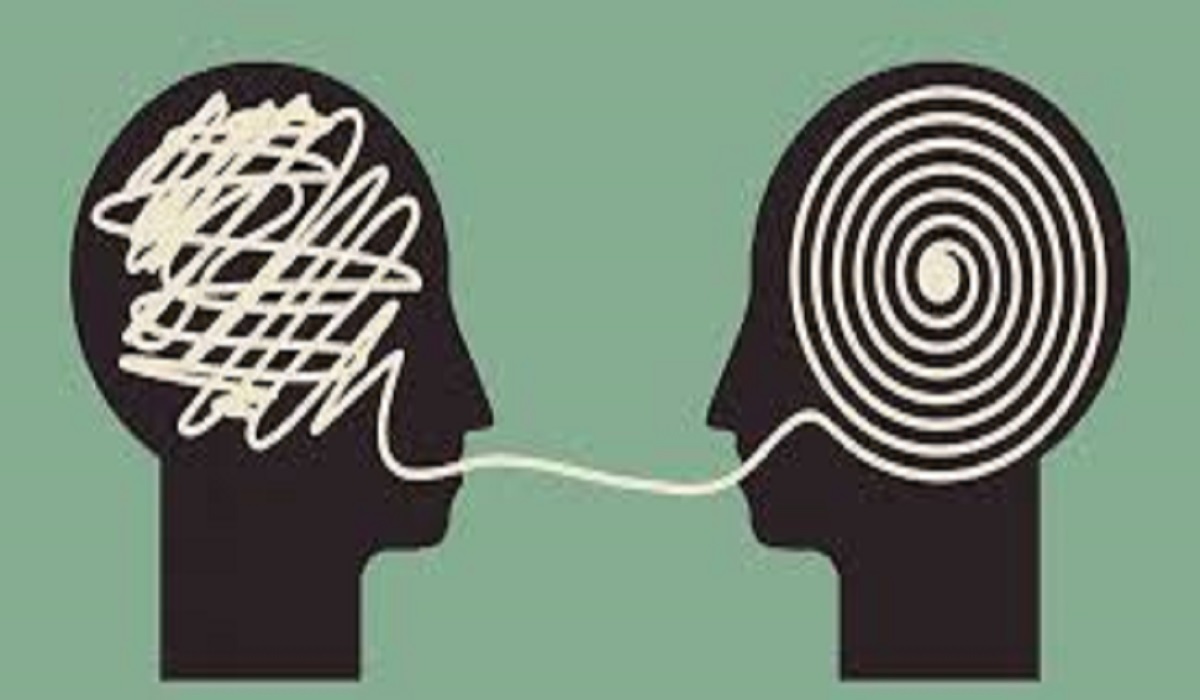Focused vs. Diffuse Thinking
Focused vs. Diffuse Thinking: In the world of learning and cognitive science, two distinct thinking modes play crucial roles in how we absorb and retain information: focused thinking and diffuse thinking. While focused thinking involves deep concentration on a specific task, diffuse thinking allows the mind to wander and make broader connections. But which one is more effective for learning? This article explores the differences, benefits, and best use cases for each mode, helping educators and learners optimize their study strategies.
Understanding Focused and Diffuse Thinking
What Is Focused Thinking?
Focused thinking is a concentrated, goal-oriented cognitive state where attention is directed toward solving a specific problem or mastering a skill. It’s what we use when studying for exams, practicing a musical instrument, or working on a complex math problem.
Key Characteristics:
- High attention to detail
- Linear and structured thought process
- Active engagement with the material
What Is Diffuse Thinking?
Diffuse thinking, on the other hand, is a relaxed, big-picture mode where the brain makes subconscious connections. It happens when we daydream, take a walk, or sleep—allowing creativity and insight to emerge.
Key Characteristics:
- Broad, associative thinking
- Subconscious problem-solving
- Enhanced creativity
The Science Behind Both Modes
Neuroscience research shows that:
- Focused thinking relies on the prefrontal cortex, responsible for logic and analysis.
- Diffuse thinking activates the default mode network (DMN), linked to creativity and memory consolidation.
Studies suggest that alternating between these modes leads to deeper learning and better retention.
How Focused Thinking Enhances Learning?
Benefits of Deep Concentration
- Efficient Skill Acquisition (e.g., learning a new language)
- Better Retention of Facts & Details
- Improved Problem-Solving in Structured Tasks
Best Situations to Use Focused Thinking
- Studying for exams
- Practicing technical skills (coding, math)
- Writing or editing work
Potential Drawbacks
- Mental fatigue
- Tunnel vision (missing creative solutions)
How Diffuse Thinking Boosts Creativity & Problem-Solving?
The Role of Mind-Wandering in Learning
- “Aha!” moments often occur during diffuse thinking.
- Enhanced memory consolidation during breaks.
When to Use Diffuse Thinking
- Stuck on a complex problem? Take a walk!
- After intense study sessions, relax to let the brain process information.
Limitations of Diffuse Thinking
- Not ideal for detailed, structured tasks.
- Requires balance—too much can lead to procrastination.
Combining Both Modes for Optimal Learning
The Pomodoro Technique & Alternating Modes
- Study in 25-minute focused bursts, then take 5-minute diffuse breaks.
- Longer breaks (e.g., walks, naps) enhance creativity.
Real-World Examples from Education
- Elon Musk & Thomas Edison used both modes for innovation.
- Top universities encourage active recall + spaced repetition.
Tips for Educators
- Schedule short breaks during lectures.
- Encourage brainstorming sessions.
Neuroscience & Research Insights
Brain States in Focused vs. Diffuse Thinking
- EEG studies show different brainwave patterns (Beta vs. Alpha/Theta).
- Sleep & learning: Diffuse mode strengthens memory.
Studies on Learning Efficiency
- Barbara Oakley’s research (author of A Mind for Numbers) highlights the power of switching modes.
Practical Applications for Students & Teachers
Classroom Strategies
- Active learning (discussions, problem-solving) + reflection time.
- Mindfulness & meditation to enhance focus.
Self-Learning Techniques
- Interleaving subjects to prevent burnout.
- Physical exercise to boost diffuse thinking.
Conclusion
Both focused and diffuse thinking are essential for effective learning. While focused thinking helps with mastery of details, diffuse thinking unlocks creativity and deeper understanding. The key is strategically alternating between them—using techniques like the Pomodoro method, spaced repetition, and mindful breaks.
Educators and students who harness both modes will see improved retention, problem-solving, and innovation in their learning journeys.
FAQs
1. Can you use both focused and diffuse thinking at the same time?
No, the brain typically switches between them. However, balancing both modes enhances learning.
2. How long should diffuse thinking breaks be?
Short breaks (5-10 minutes) work for quick resets, while longer activities (walks, naps) help with complex problems.
3. Is diffuse thinking the same as procrastination?
No! Procrastination avoids work, while diffuse thinking is a productive mental state for creativity.
4. Which mode is better for exam preparation?
Use focused thinking for studying facts, then diffuse thinking (breaks/sleep) to reinforce memory.
5. How can teachers encourage diffuse thinking in classrooms?
Incorporate brainstorming sessions, movement breaks, and open-ended discussions.
